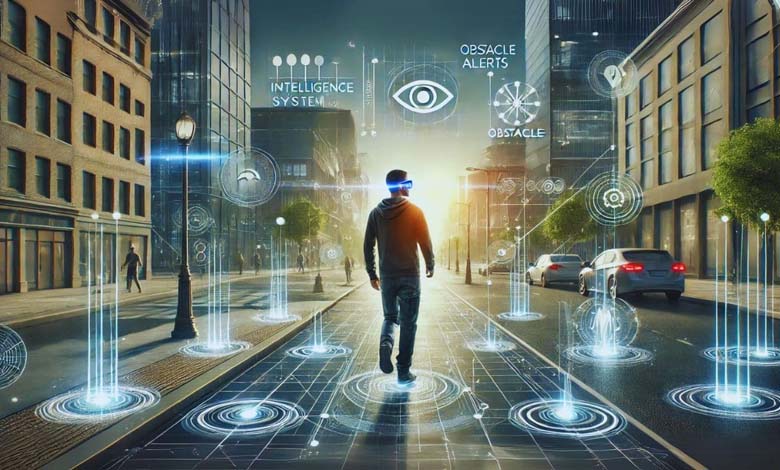New AI-Powered Technologies Helping the Blind Navigate Freely

Artificial intelligence (AI) is increasingly transforming our daily lives, especially in the field of inclusion for people with disabilities. In recent years, technological advancements have led to the development of innovative solutions aimed at improving the mobility of blind and visually impaired individuals. These new AI-powered technologies provide people with greater autonomy in their movement, helping them navigate freely and safely. Let’s explore the latest innovations that are reshaping how blind individuals interact with their surroundings.
-
Between Ethics and Technology: Why Artificial Intelligence May Fail in Public Health
-
Digital Mental Health Through Real-Life Experiences: How Artificial Intelligence Is Reshaping the Landscape of Modern Psychotherapy
The Challenges of Mobility for Blind People
For a blind person, moving around public spaces or unfamiliar areas is often a significant challenge. The lack of visual landmarks makes navigating the streets, public transport, or even complex buildings much harder. White canes and guide dogs have long been the primary tools, but they do not offer complete independence and freedom.
It is in this context that AI-based technologies are starting to play a crucial role. These innovations not only improve safety during movement but also offer greater autonomy by aiding navigation and orientation.
-
Does Artificial Intelligence Provide Accurate Health Advice?
-
Can Artificial Intelligence Be a Safe Partner in the Workplace?
AI-Powered Technologies That Are Game-Changers
- Specialized Navigation Apps
AI-powered mobile apps, such as Aira and Be My Eyes, enable blind users to connect to human operators in real time who assist them in navigating their environment. However, the real breakthrough lies in autonomous apps that use AI to detect and describe obstacles around them. For example, Wayfinder and NavCog use geolocation and sensor data to guide blind users in real-time, providing information on objects and obstacles present in their immediate environment. - Smart Glasses
Another major innovation is the use of smart glasses equipped with AI. Envision glasses are a concrete example of this technology. These glasses, equipped with cameras and image recognition software, allow users to read signs, recognize faces, describe scenes, and even identify objects around them. The glasses are designed to interact with voice assistants, offering a seamless and intuitive experience for the user. - Real-Time Navigation Systems
Autonomous navigation systems have also been developed to help blind people navigate complex environments like airports or train stations. These systems use Bluetooth beacons and sensors installed in public spaces to provide detailed, real-time information. For example, the Wayfinder system, installed in some cities, allows users to follow secure paths and be alerted to imminent danger. - Sensory Wearable Devices
Wearable, connected devices, such as vests and jackets, are also being developed. These garments are equipped with sensors that detect obstacles and alert the user through vibrations or audio signals. This type of technology allows the user to have a hands-free experience while still receiving information about their immediate environment.
-
Google Maps Adds Artificial Intelligence Features
-
Do patients trust artificial intelligence more than doctors?
Impact of AI on the Autonomy of Blind People
The integration of artificial intelligence into the daily lives of blind individuals is radically transforming their ability to move autonomously. These new technologies not only help them better understand their environment but also enable faster and more effective responses to obstacles. The goal is to create a world where the mobility of blind people is as smooth and independent as that of any other individual.
Thanks to these innovations, blind individuals can now explore new places with more confidence and safety, while being able to move independently without relying on a human companion or a guide animal. Such technological progress opens new opportunities for inclusion and equal opportunities for people with disabilities.












